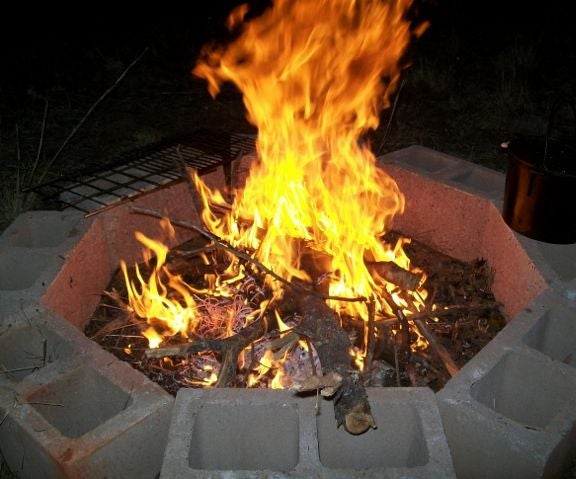I was looking to harvest some fatwood near my home. I found several unknown species of pine that were trimmed by the electric company many years ago. I’ve never looked for fatwood and figured this may be a good place to start due to many of the limbs being dead. I cut into a few pieces and was surprised to see a deep purple color and rich pine smell. It does not appear to be fatwood but very interesting color. Does anyone know what is going on? The limb was about 3 inches in diameter and had a moisture content of 12 percent in the center.
![[Hearth.com] Harvesting fatwood [Hearth.com] Harvesting fatwood](https://www.hearth.com/talk/data/attachments/268/268953-e946b246dbf1bd5a61220bbf3322c0ef.jpg?hash=46Lh7OqbiX)
![[Hearth.com] Harvesting fatwood [Hearth.com] Harvesting fatwood](https://www.hearth.com/talk/data/attachments/268/268954-cb9845655683f2a0f3ac5e3ed308352a.jpg?hash=Z1uAZq1QCz)
![[Hearth.com] Harvesting fatwood [Hearth.com] Harvesting fatwood](https://www.hearth.com/talk/data/attachments/268/268953-e946b246dbf1bd5a61220bbf3322c0ef.jpg?hash=46Lh7OqbiX)
![[Hearth.com] Harvesting fatwood [Hearth.com] Harvesting fatwood](https://www.hearth.com/talk/data/attachments/268/268954-cb9845655683f2a0f3ac5e3ed308352a.jpg?hash=Z1uAZq1QCz)


